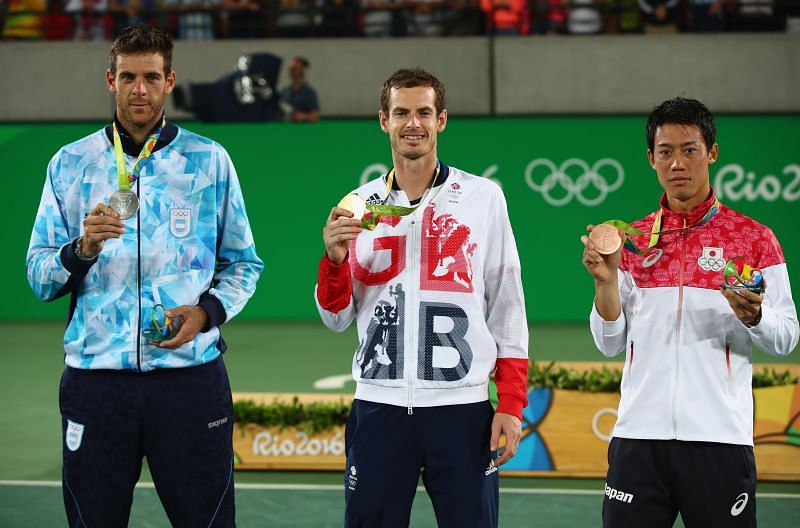
Why are so many tennis players skipping the Tokyo Olympics?
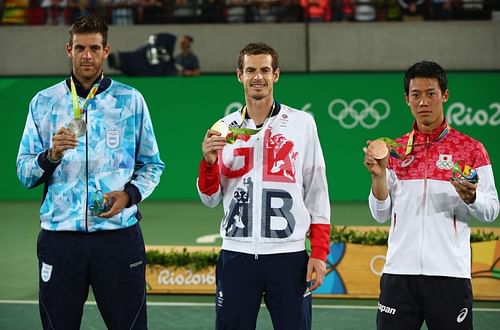
The tennis event at the upcoming Tokyo Olympics has been hit by a spate of withdrawals, much to the surprise of the fans.
A number of popular names have opted not to travel to the Japanese capital this year. 20-time Grand Slam winner Rafael Nadal, defending US Open champion Dominic Thiem and Canada’s Denis Shapovalov are among the players who have decided to give the Games a miss.
Olympian tennis hasn't always been the most important part of the sport, but the prestige associated with winning a gold medal has been increasing in recent years. Representing their country on the grandest sporting stage has become a matter of pride for many players lately.
However, the challenges thrown up by the COVID-19 pandemic have played a role in the mass exodus being witnessed ahead of the Tokyo Games.
Travel concerns amid a pandemic
Players outside Asia will face plenty of challenges traveling from their respective countries to Japan due to the pandemic restrictions.
Last year the tennis season resumed in biosecure "bubbles", with strict protocols over both travel and stay. But the strictness of the regulations was considered so severe by some players that they decided to skip a few events.
World No. 1 Ashleigh Barty remained in Australia for the entirety of 2020, while players such as Naomi Osaka and Serena Williams didn’t travel for events outside the US.
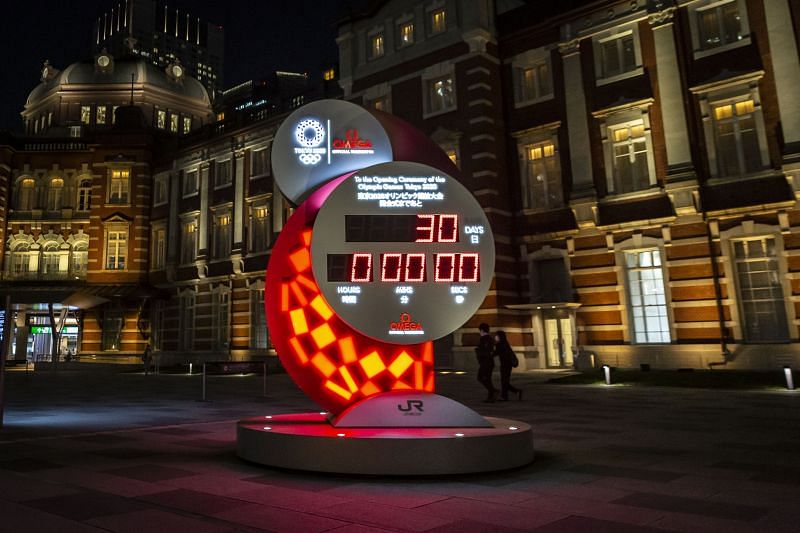
There were also several instances where players traveled for tournaments but were forced to pull out due to a positive COVID test upon arrival. Bianca Andreescu and Daniil Medvedev were forced to withdraw from this year's Madrid Open and Monte Carlo Masters respectively due to that very reason.
Moreover, Japan continues to register more than 1,000 COVID-19 cases a day. That would have done little to ease the fears of the players.
The restrictions on players inside the bubble
Athletes will have to stay in a bubble in Tokyo's Olympic Village this year.
Many tennis tournaments have implemented a bubble system since the tour resumed last year. That has involved players staying in isolation and only being allowed out for matches or practice sessions. Restrictions have also been in place for the number of members allowed in each player’s entourage.
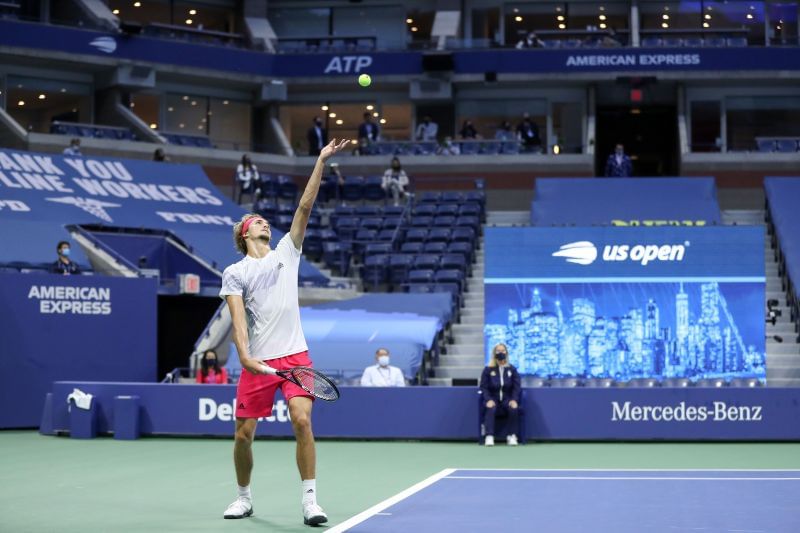
Needless to say, the players have not enjoyed the experience. Speaking during the 2020 US Open, Novak Djokovic said:
“It’s tough for most of the players not being able to open their window and being in a hotel in a small room.”
Benoit Paire, who tested positive for COVID-19 and was withdrawn from the New York Slam, hit out at the organizers for setting up what he described as a "fake bubble".
"I'm fine for now I have no symptoms .. I hesitate to tell what is really going on in this Fake Bubble," Paire wrote on Instagram.
Setting up a bubble for just a few hundred players turned out to be a daunting task for the Slams last year. So it is safe to say the Olympics organizers face a huge challenge in order to ensure the safety of over 10,000 athletes from around 200 countries.
Player welfare amid crammed schedule
With Roland Garros getting postponed by a week, there is just a two-week gap between the claycourt Slam and Wimbledon. Moreover, the Olympics will begin just two weeks after the conclusion of Wimbledon, and just over a month before the US Open kicks off.
The quick turnaround times will leave players with little chance to recharge their batteries.
Many top players, including Rafael Nadal (who won Olympic gold in 2008), are battling physical issues and have expressed the need to prioritize their health.
Roger Federer withdrew from the French Open before his fourth-round match last month, in order to protect his body. Nadal, meanwhile, announced he would skip Wimbledon and the Olympics in a bid to prolong his career.
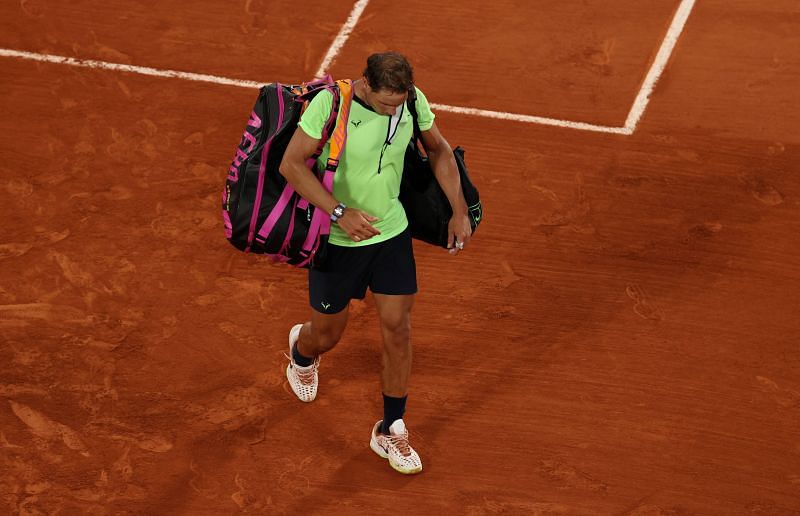
World No. 5 Dominic Thiem has also announced he will skip the Olympics and instead focus on his title defense at the US Open.
The absence of ranking points at the Olympics
For a period of eight years - from 2004 Athens to 2012 London - the WTA and the ATP Tours awarded rankings points to the players for their Olympics results. This practice was, however, discontinued from the 2016 Rio Games.

The absence of ranking points means there is less incentive for the players to travel all the way to Japan to participate in the Olympics. There are also several ATP and WTA events that are scheduled to take place at the same time as the Olympics, which could be a better option for players.
On the surface it may seem strange that so many tennis players are skipping the Olympics this year. But dig a little deeper, and it becomes fairly clear why they are doing so. In fact, we shouldn't be surprised if more players announce their withdrawal over the next few days.